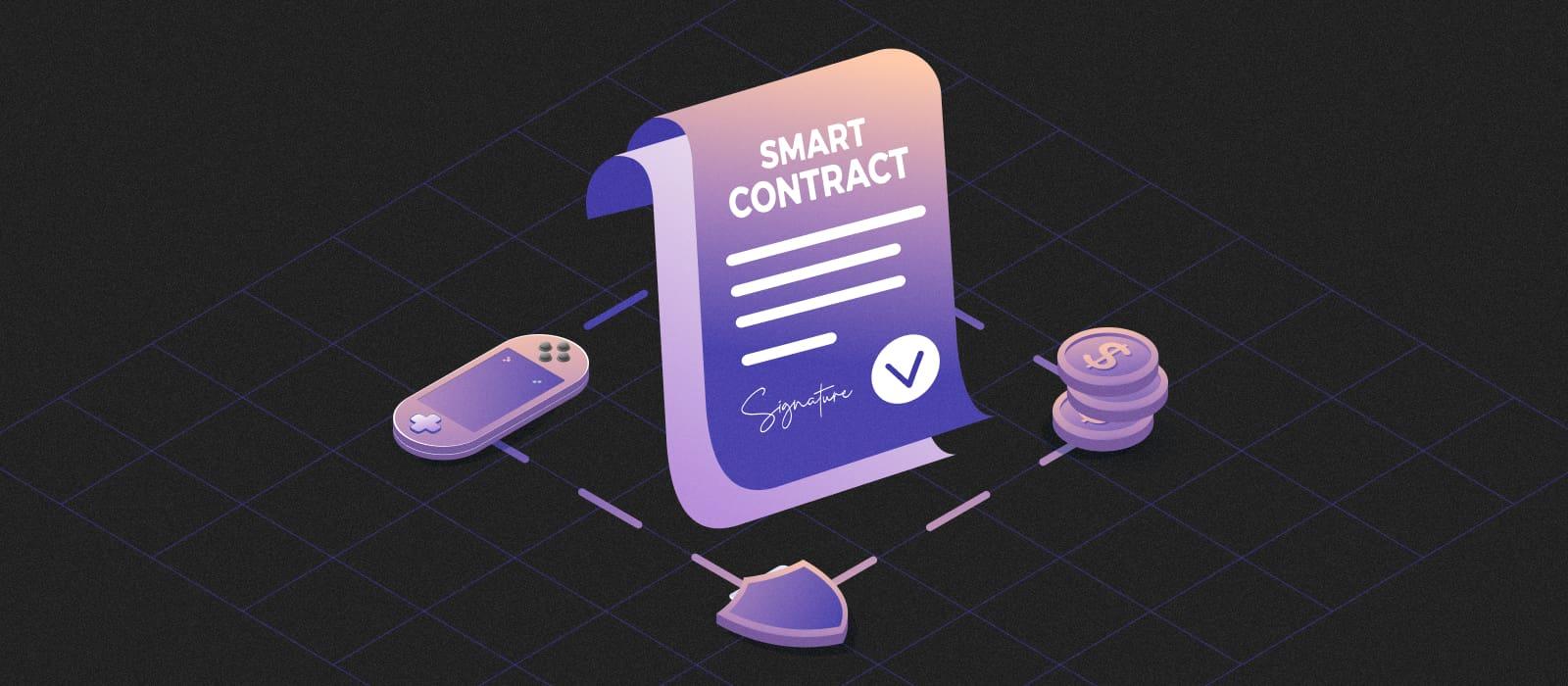In the ever-evolving landscape of blockchain technology, Ethereum stands out as a powerful platform that has revolutionized the way we think about digital transactions and decentralized applications. At the heart of Ethereum’s innovation lies the concept of smart contracts—self-executing agreements encoded directly into the blockchain. These digital contracts promise to streamline processes, reduce reliance on intermediaries, and foster trust among users in an increasingly digitized world. But as with any groundbreaking technology, understanding the intricacies of smart contracts can be daunting. In this comprehensive guide, we will unlock the potential of Ethereum, demystifying smart contracts, exploring their architecture, and highlighting their practical applications. Whether you are a seasoned developer, a curious entrepreneur, or simply a blockchain enthusiast, this article will equip you with the knowledge you need to navigate the exciting frontier of Ethereum’s smart contracts. Join us as we embark on a journey to unveil the capabilities and innovations that lie within this transformative technology.
Exploring the Foundations of Ethereum and Smart Contracts
At the heart of Ethereum’s revolutionary framework lies the concept of smart contracts, self-executing contracts with the terms of the agreement directly written into lines of code. These digital agreements eliminate the need for intermediaries, streamlining transactions and enhancing trust among participants. Built on the Ethereum blockchain, smart contracts are not only transparent but also immutable, ensuring that once a contract is deployed, it cannot be altered or deleted without consensus from the network. This autonomy fosters a new era of decentralized applications (dApps) that can operate seamlessly across various sectors, from finance and supply chain to gaming and digital identity management.
To understand the basics of these transformative contracts, it is crucial to recognize the underlying technology that powers them, primarily the Ethereum Virtual Machine (EVM). The EVM serves as the runtime environment for smart contracts, executing the code exactly as programmed. Here are some key features that define smart contracts:
- Autonomy: Once initiated, no one can alter the contract without consensus.
- Security: The decentralized nature of the blockchain makes hacking extremely difficult.
- Trust: Transactions are verified by network nodes in a distributed ledger, removing the need to trust a central authority.
- Cost-effective: By eliminating intermediaries, smart contracts reduce transaction costs.

Designing Efficient Smart Contracts for Optimal Performance
When designing smart contracts, the emphasis should always be on efficiency and performance. This requires a combination of careful planning and strategic coding practices. Key factors to consider include:
- Gas Optimization: Minimize the amount of gas used to execute transactions, ensuring cost-effectiveness for users.
- Modularity: Break functions into smaller, reusable components to enhance maintainability and reduce complexity.
- Testing: Implement comprehensive testing protocols, such as unit tests and integration tests, to identify potential bottlenecks before deployment.
Furthermore, keeping your contracts lightweight and limiting external calls can significantly impact transaction speed and reliability. Consider adopting best practices in data structures and access patterns, such as:
| Best Practice | Description |
|---|---|
| Use Mappings | For efficient lookups, leverage mappings instead of arrays where possible. |
| Event Logging | Utilize events to log important actions, which improves tracking and monitoring without consuming excess gas. |

Security Best Practices to Safeguard Your Ethereum Contracts
Securing Ethereum contracts is crucial in the ever-evolving landscape of blockchain technology. To enhance the safety of your smart contracts, consider implementing the following best practices:
- Perform Thorough Testing: Use testing frameworks like Truffle or Hardhat to conduct extensive unit tests and integration tests to uncover vulnerabilities.
- Conduct Smart Contract Audits: Engage third-party auditors to review your code for potential security flaws that could be exploited.
- Use Established Libraries: Leverage well-audited libraries, such as OpenZeppelin, to minimize risks associated with custom implementations.
- Implement Proper Access Controls: Ensure only authorized users have access to critical functions by using modifier patterns effectively.
- Upgrade Contracts Wisely: Plan for upgradability options like proxy patterns to fix any vulnerabilities post-deployment.
Moreover, keeping your development environment secure is equally important. Follow these security measures:
- Keep Private Keys Safe: Store your keys securely, using hardware wallets or secure vaults to prevent unauthorized access.
- Regularly Update Dependencies: Always monitor and update libraries, frameworks, and tools to protect against known vulnerabilities.
- Educate Your Team: Foster a culture of security awareness among your developers through training and best practice guidelines.
- Monitor Contract Activity: Use tools like Etherscan and Dune Analytics to keep an eye on your contract’s interactions and transactions.

Future Trends in Smart Contract Development and Usage
As the landscape of blockchain technology evolves, smart contracts are positioned to become increasingly sophisticated and multifunctional. Developers are exploring a variety of innovative features that enhance their capabilities, including support for interoperability between different blockchain platforms and upgradable contracts that allow modifications after deployment. This adaptability will enable businesses to integrate smart contracts seamlessly into their existing systems and protocols, ensuring they can respond to changing market demands. Furthermore, the integration of machine learning algorithms with smart contracts promises to automate decision-making processes, enhancing efficiency and reducing human error.
In addition, the focus is shifting towards improving the user experience of smart contracts through the development of decentralized applications (DApps) that prioritize usability and accessibility. As blockchain technology continues to gain traction among non-technical users, simplified interfaces and tools that require minimal coding skills will empower a broader audience to harness the power of smart contracts. Emerging standards aimed at improving security and auditability will also play a crucial role, driving widespread adoption across industries such as finance, real estate, and supply chain management. The following table outlines some key areas of innovation on the horizon:
| Trend | Description |
|---|---|
| Interoperability | Facilitates seamless operation across multiple blockchain platforms. |
| Upgradable Contracts | Allows contracts to be modified post-deployment to adapt to new requirements. |
| Machine Learning Integration | Automates processes within smart contracts for improved efficiency. |
| User-Friendly DApps | Enhances usability for non-technical users to engage with blockchain technology. |
| Security Standards | Improves the overall security framework for deploying smart contracts. |
To Wrap It Up
As we draw the curtains on our exploration of Ethereum and the world of smart contracts, it becomes clear that this revolutionary technology is not just a trend, but a transformative force reshaping various facets of our lives. From automating everyday tasks to reimagining how we approach trust and transactions, smart contracts have opened the door to innovative solutions and new possibilities that were once confined to the realm of imagination.
In unlocking Ethereum, we’ve uncovered the foundational principles that underlie this complex yet captivating ecosystem. Whether you’re a seasoned developer, an entrepreneur with a groundbreaking idea, or a curious observer, the potential that smart contracts hold is immense. As this technology continues to evolve, staying informed and exploring its applications will be crucial.
the journey into the realm of smart contracts is just beginning. Armed with knowledge and creativity, we invite you to not only partake in the Ethereum narrative but to contribute to its ongoing story. The keys to unlocking a future filled with decentralized innovations are in your hands; what will you create next?






